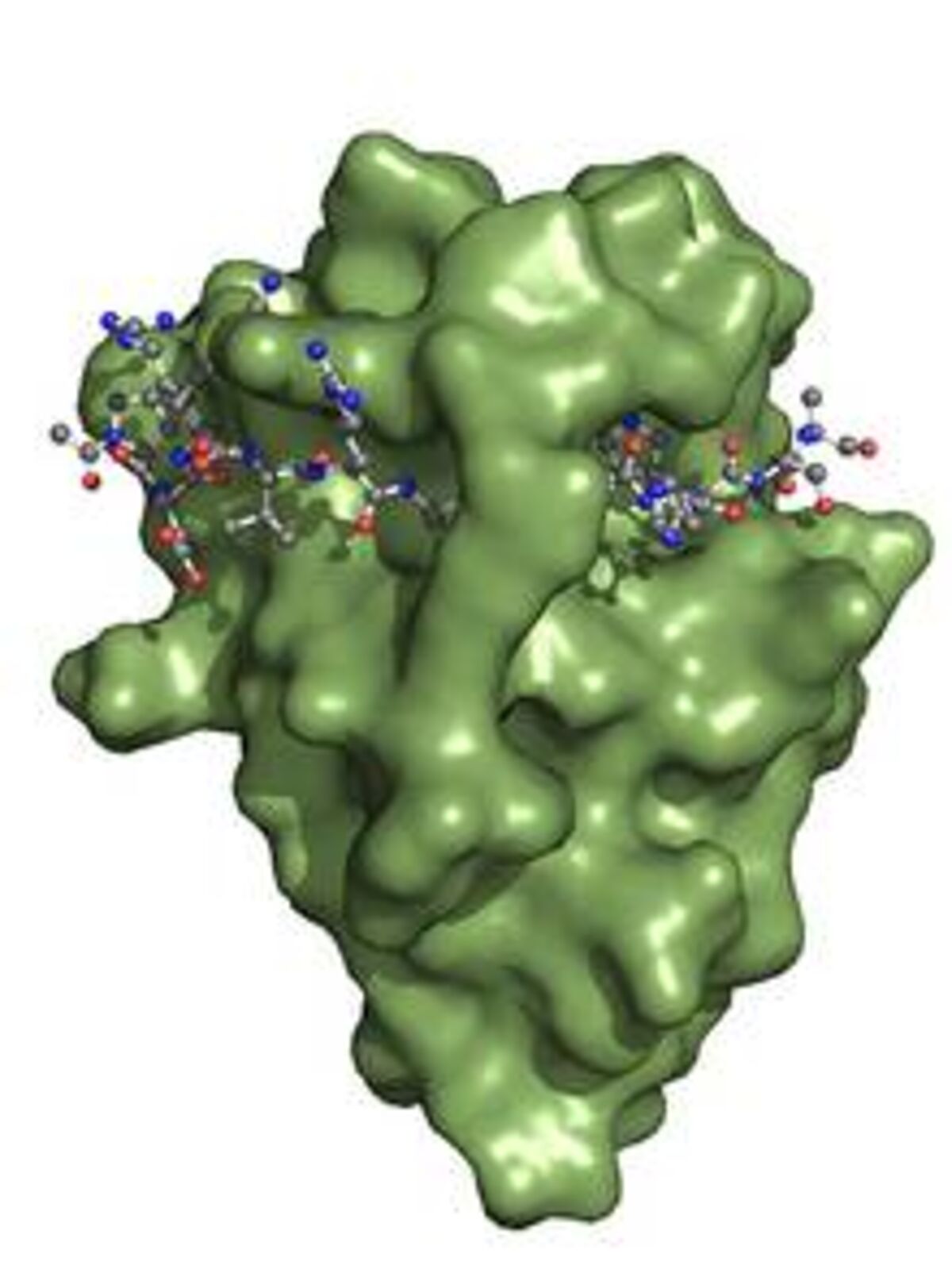A whole new range of research tools became available after the discovery that a portion of the antibodies found in camelid species (llamas, alpacas and camels) are much smaller in size than those found in other mammals. Consisting of two truncated heavy chains, these heavy-chain-only antibodies (HCAbs) designated IgG2 and IgG3 are produced in addition to a set of conventional IgG1 antibodies. In humans, standard IgG antibodies consist of two heavy chains and two light chains and have a molecular weight of approximately 150 kDa. The smaller camelid HCAbs at around 90 kDa are fully functional, stable and can exhibit high affinities to their targets.
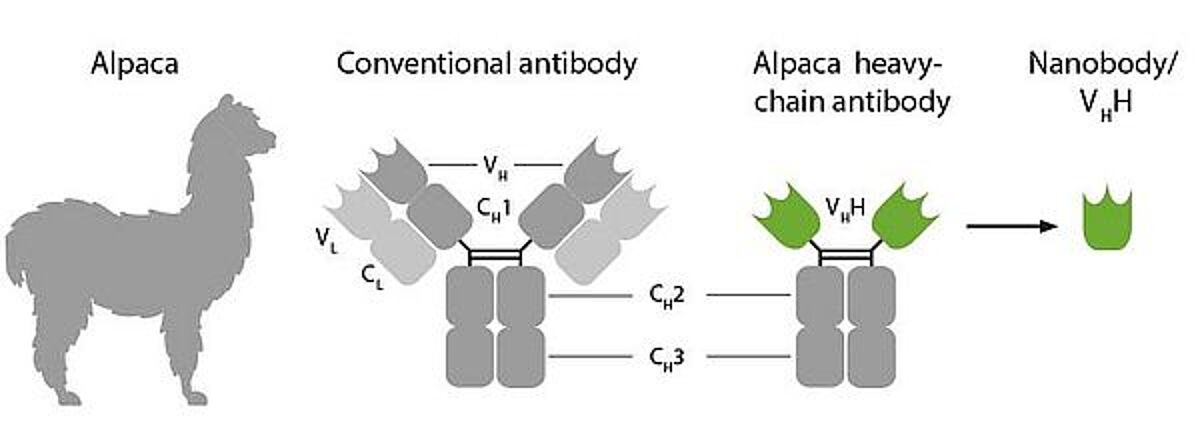
The antigen binding regions of an antibody, known as the variable domains, are located on both the heavy chains (VH domains) and light chains (VL domains) of a standard antibody. In camelid heavy-chain-only antibodies, where the light chains are absent, there is a single variable domain on each heavy chain, termed a VHH domain. Recombinant technology has allowed the production of a monomeric variable domain originating from a camelid heavy chain. A recombinant single variable domain antibody (VHH), or nanobody is ten times smaller than a standard antibody at 15 kDa and has many advantages over its larger counterparts.
Advantages of nanobodies
- Produced recombinantly: the antibody sequence is known, there is little batch-to-batch variation and antibody engineering is possible, enabling greater tailoring to specific applications.
- Smaller size: better epitope access and penetration into tissues. Higher labelling density and site-specific labelling, making nanobodies suitable for high-resolution microscopy.
- No heavy or light chains: ideal for immunoprecipitation where heavy and light chain contamination can be a problem.
- High stability: can tolerate harsh buffer and washing conditions.
Nanobodies are flexible reagents with many uses in life science research. LubioScience is proud to offer a broad selection of these products from leading suppliers including ChromoTek, QVQ and Huabio.
ChromoTek – Home of alpaca antibodies
In addition to offering nanobodies coupled to beads for immunoprecipitation applications (Nano-Traps) and fluorescently labelled nanobodies for super resolution microscopy (Nano-Boosters and Nano-Labels). ChromoTek’s extensive nanobody range also includes:
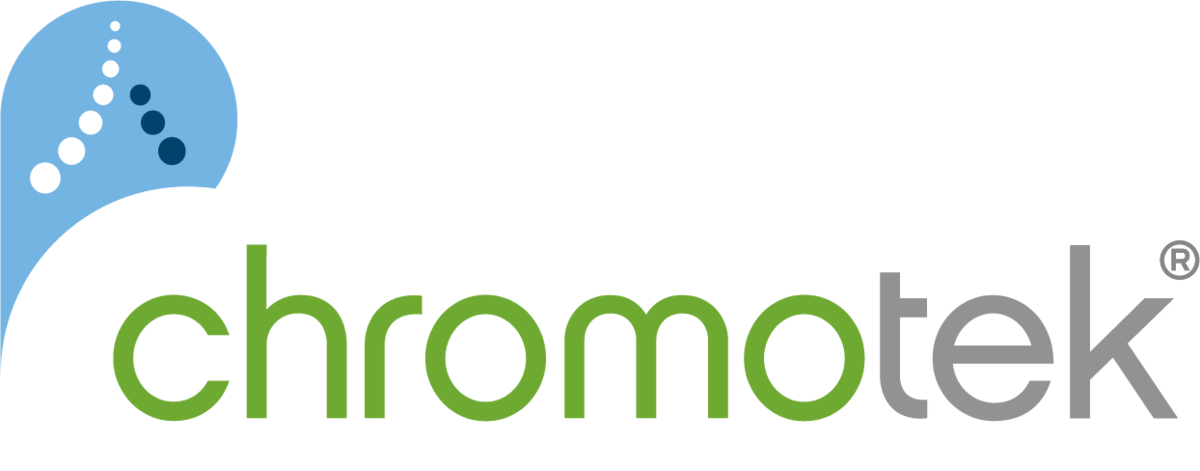
Nano-Secondaries - secondary alpaca antibodies for higher resolution and better imaging, conjugated to Alexa Fluor® dyes. They can be used for immunofluorescence, super-resolution microscopy (SRM), western blot and ELISA.
Chromobodies® - innovative fluorescent nanoprobes for real time analyses to visualize endogenous cellular structures and processes in live cells. All Chromobody® binding domains are carefully selected to not interfere with endogenous protein function and offer the unique possibility to trace native proteins in living cells.
The ChromoTek Spot-System - the first peptide-tag specific nanobody for universal capture and detection applications. It comprises Spot-Tag®, an inert 12 amino acid peptide-tag (PDRVRAVSHWSS), Spot-Trap®, the universal, rugged Spot-nanobody that specifically binds to Spot-tagged proteins with high affinity, and Spot-Cap™, the new and optimized nanobody-based affinity resin.
QVQ - High quality reagents for imaging applications
Due their small size VHHs are optimal for many imaging applications, such as high-resolution microscopy, live and in vivo imaging and electron microscopy. QVQ develops single domain antibodies in several major disease areas: cancer, infectious diseases and age-related disease like neuromuscular diseases, osteoarthritis and osteoporosis. QVQ’s single domain antibodies (VHHs) are derived from lamas or alpacas and are available as recombinantly expressed, highly pure proteins. They are either untagged, C-direct tagged or conjugated to fluorophores (HiLyte, LICOR), biotin or chelators for EM applications (NOTA, DOTA).
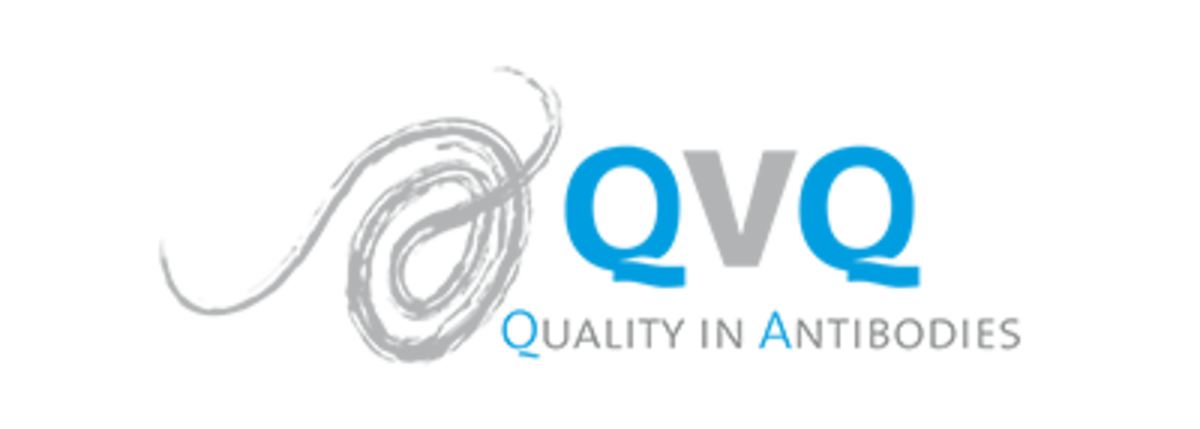
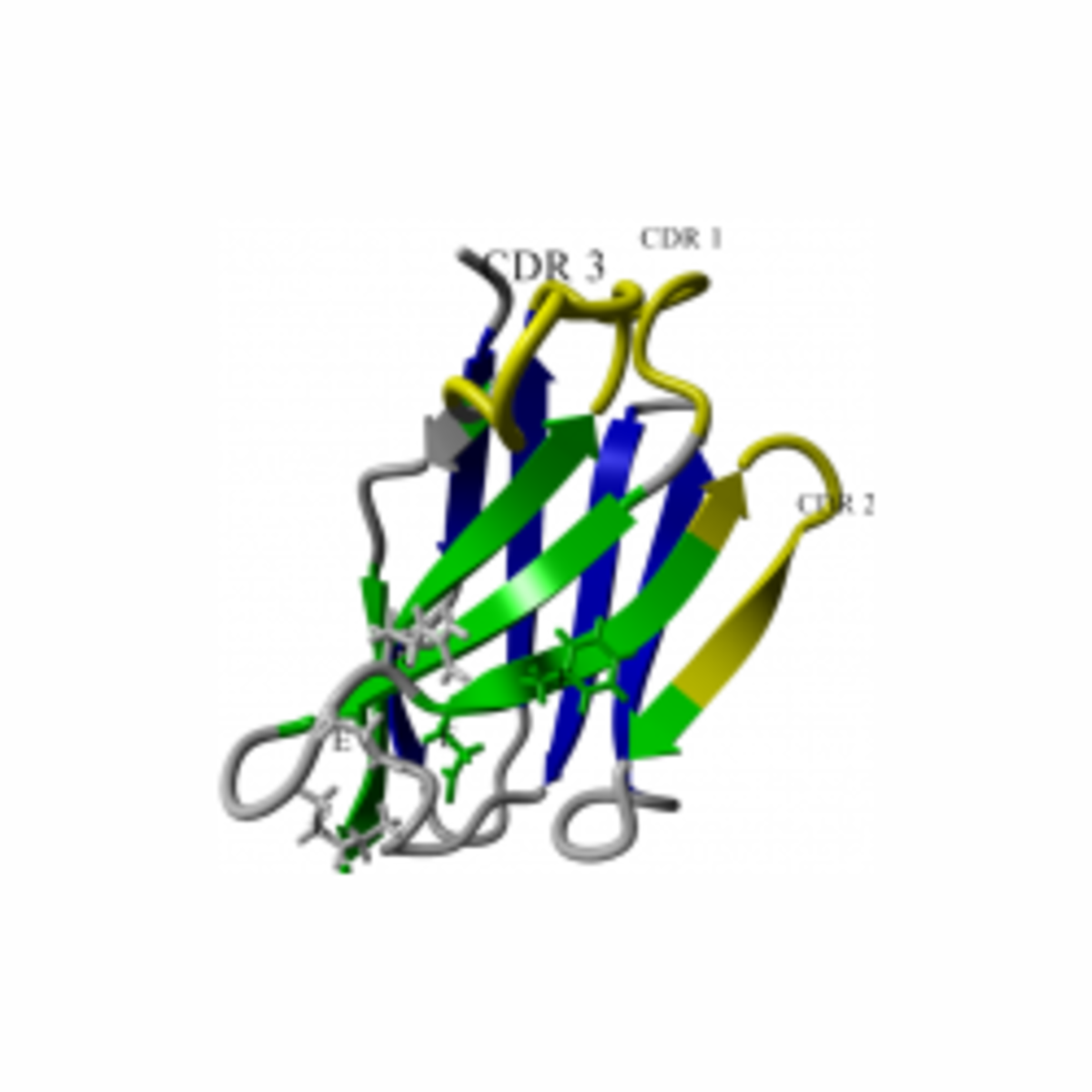
Browse top-selling VHHs in our shop
| Cat-No. | Item | Size | Price (CHF) |
|---|---|---|---|
| Q89-250 | llama single domain antibody anti human PD-L1, clone Q89 (QL1-1B8) | 250 ug | 698.00 |
| Q85-250 | llama single domain antibody anti human CXCR4, clone Q85 (QX4-E11) | 250 ug | 698.00 |
| Q76B-250 | llama bihead single domain antibody anti P24 (HIV), clone Q76b (59H10 bihead) | 250 ug | 698.00 |
| Q76-250 | llama single domain antibody anti P24 (HIV), clone Q76 (59H10) | 250 ug | 698.00 |
| Q67-250 | llama single domain antibody anti human VEGF, clone Q67 (vEGF) | 250 ug | 698.00 |
| Q52-250 | llama single domain antibody anti human Transferin Receptor (CD 71), clone Q52 (QTF-3B2) | 250 ug | 698.00 |
| Q17-250 | llama single domain antibody anti human Her2, clone Q17 (11A4) | 250 ug | 698.00 |
HUABIO – Nanoselectors
Nanoselectors are HUABIO’s newest product offering for immunoprecipitation, mass spectrometry and ChIP applications. Their anti-tag nanobodies targeting green fluorescent protein (GFP), glutathione S-transferase (GST), HA tag, red fluorescent protein (RFP) and TurboGFP are pre-coupled to agarose beads for fast and efficient isolation of fusion proteins.

Further reading
Arbabi-Ghahroudi M. Camelid Single-Domain Antibodies: Historical Perspective and Future Outlook. Front Immunol. 2017;8:1589. Published 2017 Nov 20. doi:10.3389/fimmu.2017.01589

